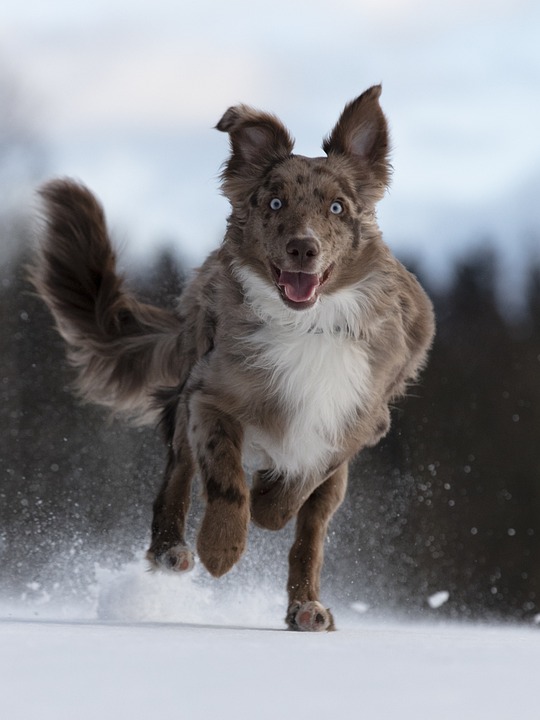Teaching dogs to back away or move backward from distractions is an essential skill that can help ensure their safety and prevent unwanted behaviors. This training technique teaches dogs to create distance from potential triggers, allowing them to remain calm and focused in various situations. In this article, we will delve into the significance of backing away training and provide a comprehensive guide to help you successfully teach your furry friend this important command.
Backing away training is crucial for several reasons. Firstly, it promotes impulse control and helps dogs overcome their natural instincts to approach and investigate every distraction they encounter. By teaching dogs to back away from distractions, you create a foundation for better behavior in public spaces and reduce the risk of potential harm.
Additionally, backing away training enables dogs to maintain focus during obedience exercises, agility courses, or even in everyday situations. It allows them to redirect their attention back to their human companion, enhancing their responsiveness and overall training success.
To successfully teach your dog to back away from distractions, follow these step-by-step instructions:
Step 1: Establish a Solid Foundation
Before diving into backing away training, ensure your dog has a good grasp of basic obedience commands such as sit, stay, and leave it. This foundation will make the training process smoother and more effective.
Step 2: Choose the Right Distraction
Start with a relatively low-level distraction that your dog finds interesting but can resist with a little guidance. This could be a favorite toy or treat placed a short distance away.
Step 3: Use a Visual Cue
Select a distinct hand signal or verbal command that will indicate to your dog that they need to back away. This could be a simple hand gesture or the word “back” or “away.” Consistency is key when using this cue throughout the training process.
Step 4: Encourage Backing Away
Hold a treat or toy in your hand and show it to your dog. Slowly move your hand towards their face, allowing them to sniff and engage with it. Once they’re interested, slowly start moving your hand backward, using the verbal cue or hand signal simultaneously. As your dog takes a step back, reward them with praise and the treat.
Step 5: Gradually Increase Difficulty
As your dog becomes familiar with the training process, gradually increase the level of distractions. Introduce more enticing toys or treats, or practice in environments with mild distractions, such as a quiet park. Remember to always reward and praise your dog for successfully backing away.
During the backing away training, you may encounter a few challenges. Here are some common issues and their solutions:
Challenge 1: Lack of Interest
If your dog shows disinterest in backing away, try using higher-value treats or toys to grab their attention. Alternatively, incorporate a game or play session into the training, making it more enjoyable for your furry friend.
Challenge 2: Difficulty Generalizing
Dogs often struggle to generalize commands in different environments. To overcome this, practice backing away training in various locations, gradually increasing the level of distractions. This will help your dog understand that the command applies to any situation.
Challenge 3: Moving Too Quickly
Some dogs may have difficulty grasping the concept of backing away and may attempt to move forward instead. If this happens, take a step back in the training process and reinforce the basic obedience commands. Gradually reintroduce the backing away exercises and ensure your dog fully comprehends the concept before moving forward.
Here are some frequently asked questions (FAQs) about backing away training:
Q1: Can backing away training help with reactive dogs?
A: Absolutely! Backing away training can be extremely beneficial for reactive dogs, as it teaches them to create distance and redirect their attention away from triggers.
Q2: How long does it typically take to train a dog to back away?
A: The training duration varies depending on the dog’s age, temperament, and previous training experience. It may take anywhere from a few weeks to several months of consistent practice to achieve reliable results.
Q3: Can I use clicker training for backing away?
A: Yes, clicker training can be a highly effective method for teaching dogs to back away. The clicker serves as a clear marker for desired behavior, making the training process more efficient.
Q4: Is it possible to train an older dog to back away?
A: Yes, dogs of any age can be trained to back away. While older dogs may require more patience and repetition, they are still capable of learning and adapting to new commands.
Remember, consistency, positive reinforcement, and patience are key when training your dog to back away. With dedication and practice, you can help your furry friend develop this valuable skill, ensuring their safety and well-being in various environments.









